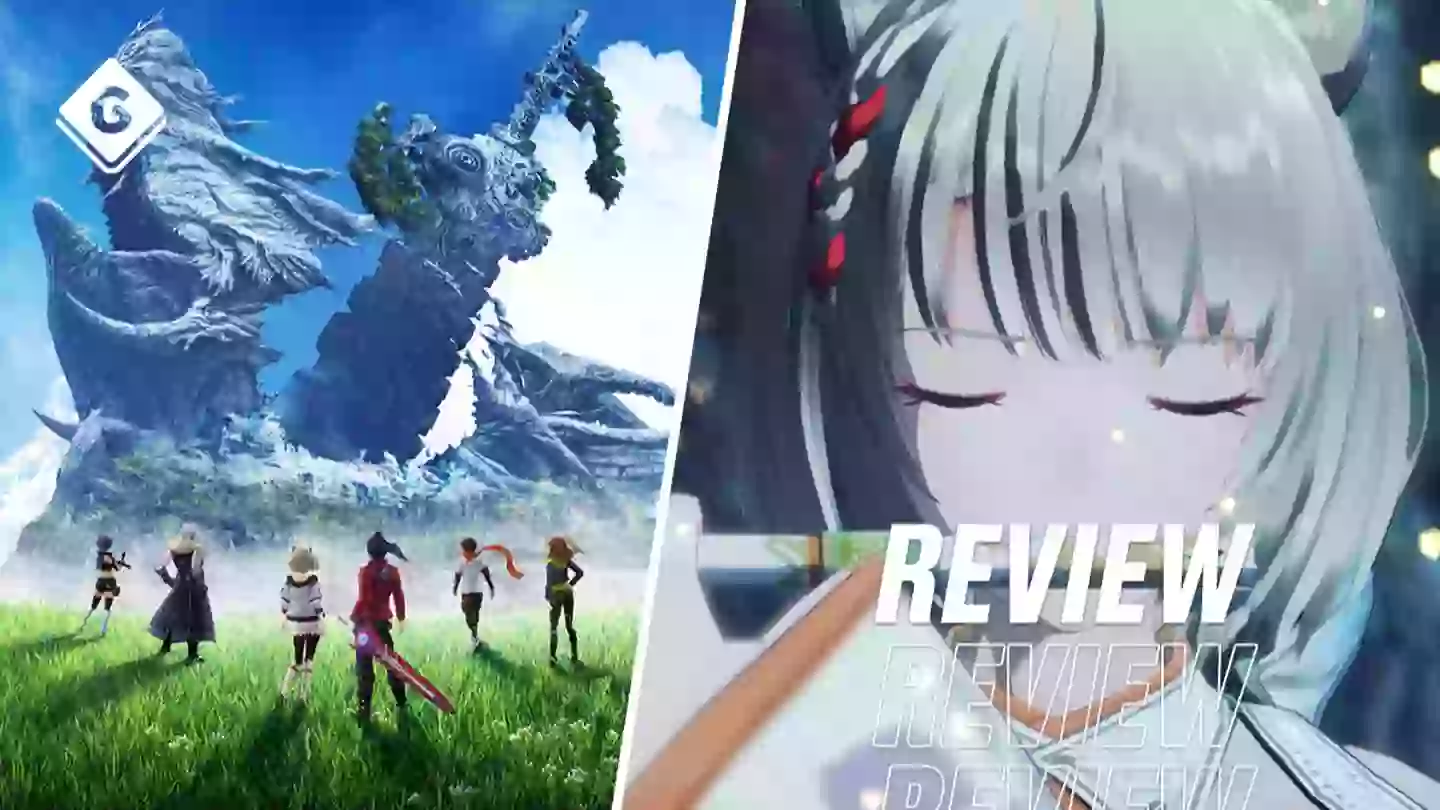
I’m a sucker for a good JRPG. Their fantastical stories, quirky characters and breathtaking worlds have always enchanted me, and none more so than the first Xenoblade Chronicles game. All these years since I first played it, and it still remains arguably my favourite game of all time, and so going into Xenoblade Chronicles 3, I had very high hopes. I’m absolutely thrilled to say that it surpassed all of them.
Monolith Soft’s latest takes us to Aionios, a land divided by constant battle between the two nations of Keves and Agnus. Every human is born as a fully formed young soldier with a 10 year lifespan, and in that time, must fight to live - taking the lives of enemies in order to fill their colony’s Flame Clock (essentially the life force of every person living there) in order to survive. Cheery!
Take a look at the trailer for Xenoblade Chronicles 3 right here.
As discussed in my preview, our main cast is no different - Noah, Lanz and Eunie (from Keves) and Mio, Sena and Taion (from Agnus) meet as warring soldiers, determined to strike each other down. It’s only when a much greater threat presents itself that the two trios are forced to team up, and accidentally discover the power of Ouroboros (basically, fusion). They decide to unite and commence their journey to put an end to the bigger threat, and hopefully make the world a better place before they run out of time on their ever dwindling lifespans.
Advert
I can only apologise for how vague that synopsis is, but believe me when I say that it’s for the best. I really can’t do the plot enough justice in this review without throwing spoilers your way (which I’m not going to do, don’t worry), so you’re just going to have to trust me here when I say that it’s excellent, and if you enjoyed the other games’ stories, you’re going to love this one too, and you’re much better off discovering its various twists and turns for yourself.
That doesn’t mean I can’t reveal anything about how well the story is executed though, and as existing fans of the series might imagine, it’s extensive, emotional, and honestly, pretty convoluted. While this isn’t exactly anything new for the series, I’ll admit that I had perhaps the hardest time following this one compared to the previous instalments - there were a few occasions where some puzzling dialogue had me wondering if I’d somehow skipped a cutscene at some point - I had to make a few visits to the Events Theatre to rewatch some of them to make sure I hadn’t overlooked things at any point during the game, or if (as was the case) it was just a bit confusing.
On a similar note, I have to say that as the credits rolled, there were a couple of plot points which I felt hadn’t really been fully explored. While these loose ends aren’t too detrimental to the overall experience, I equally can’t imagine that they’d have taken too much extra time to tie up - when you’re already putting so many hours into a game, why not go the whole way? It’s worth keeping in mind that a DLC story expansion is already planned for the game, so it may be that these get revisited with that - Xenoblade Chronicles 2’s expansion, Torna - The Golden Country was excellent, so we can expect great things for it, either way.
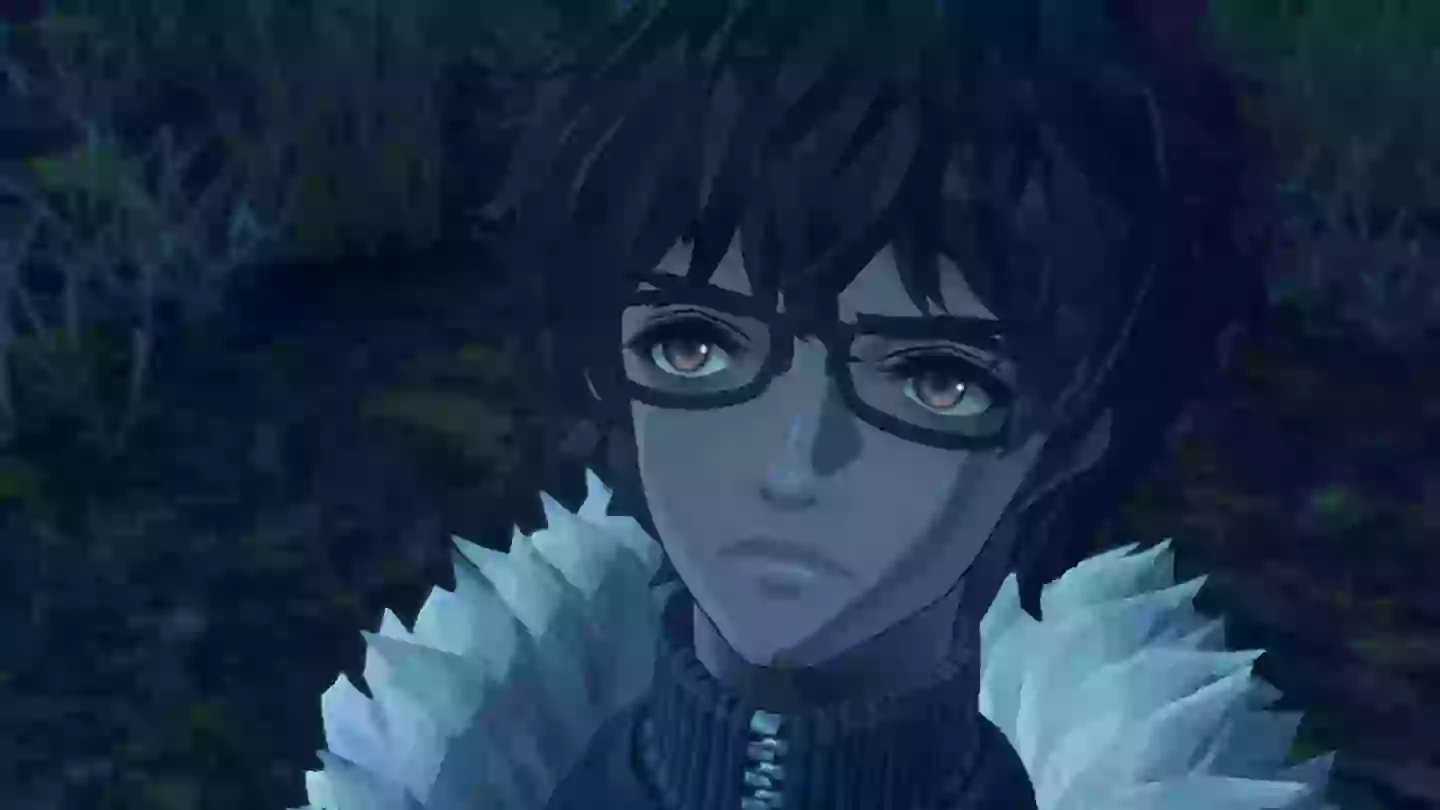
Advert
Despite my minor issues with the story, I really want to reiterate that overall, it’s a fantastic time. I lost count of how many times I cried (and I don’t just mean a little tear), and while I know that isn’t necessarily the be-all and end-all of a good plot, I guarantee that this one does know how to tug your heartstrings in just the right way.
It’s also worth noting here that, without going into spoilers, you definitely don’t need to have played the previous games in the series to understand what’s going on in this one. While the game is packed full of nice nods to the other instalments, these almost serve more as fan-service than anything ‘important’. Will you enjoy XC3 more if you were a fan of the other titles, for this reason? Yeah, probably. But, if this particular instalment appeals to you and you don’t feel like completing two other very lengthy JRPGs first, you’ll still have a really great time, and I wouldn’t discourage you from going in with this one first if it means you’ll be introduced to such a phenomenal series.
Now then, let’s talk combat, because there’s a lot to get into. The battle system in XC3 has been simultaneously spiced up and streamlined from the earlier games, making for a gameplay experience which feels faster and far more rewarding than it ever has. As with the other entries in the series, it uses a real-time battle system - your character (and the AI-controlled party members) all auto-attack enemies in range, and you as the player can also choose from a number of Arts (moves), which boast a multitude of effects, from simply being more powerful attacking moves, to providing healing and buffs, and inflicting status effects on the enemy.
The biggest change in gameplay simply comes from the fact that you have six (in a way, seven - but more on that later) playable characters on your screen at all times. Sure, we had three Driver and Blade pairs in XC2, but this feels distinct, mainly because you can freely switch between them all at any time. While the series’ AI-controlled party members have always been pretty good at doing what they need to (aside from XC1’s Melia), XC3 gives you the option to take control of all matters yourself if you so desire, although, again, there’s not really a great need to do so - it’s just fun to switch around your combat as and when you want to.
Advert
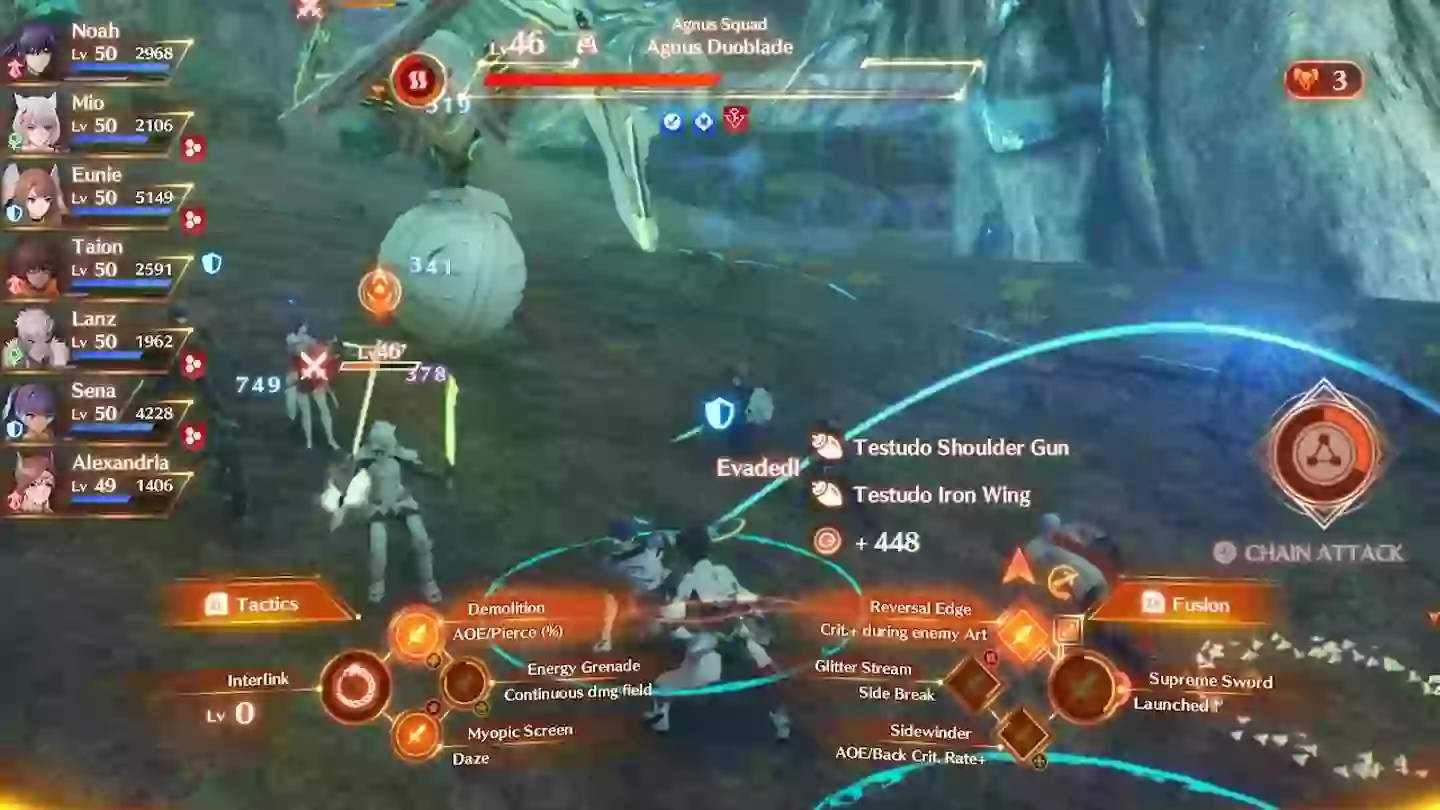
You’ve also, of course, got your various Ouroboros forms, from when two characters Interlink. Only certain pairs can Interlink (Noah and Mio, Eunie and Taion, and Lanz and Sena), and each duo has two forms, which both look and play differently depending on who is leading the Interlink. Characters can only stay in this form for so long, but in that time, can unleash some incredibly powerful attacks, and also become immune to damage (which is very handy if someone is about to get incapacitated). Every pair can Interlink an infinite amount of times within a single battle - the only limit is a cooldown window, stopping you from being fused all the time.
For the first time in the series, you can’t level up or enhance any of your regular Arts - the only exception is with your Ouroboros Arts, some of which can be upgraded on their respective Skill Trees. While this might seem a bit weird at first, it quickly becomes apparent why - you’ll probably not be sticking to any one set of Arts for too long, thanks to the class change system, which is also quite easily the most exciting change to the gameplay itself - we’ll get back to that shortly.
Heroes are a new addition - seventh party members (controlled solely by AI, mind you) which can be unlocked through completing the various Hero Quests dotted around the world. Some of these will be encountered directly through playing the main game, and others you’ll have to discover yourself. Even if you’re not the kind of person who fancies completing every single side quest possible in an already substantial RPG, I definitely recommend at least doing any of these that you come across - they’re a lot more interesting than regular quests, are fully voice acted, and completing them gives you way more party customisation options, thanks to the class change system. Finishing them will also keep you nicely levelled up throughout the game without any need to grind, which is super nice.
Advert
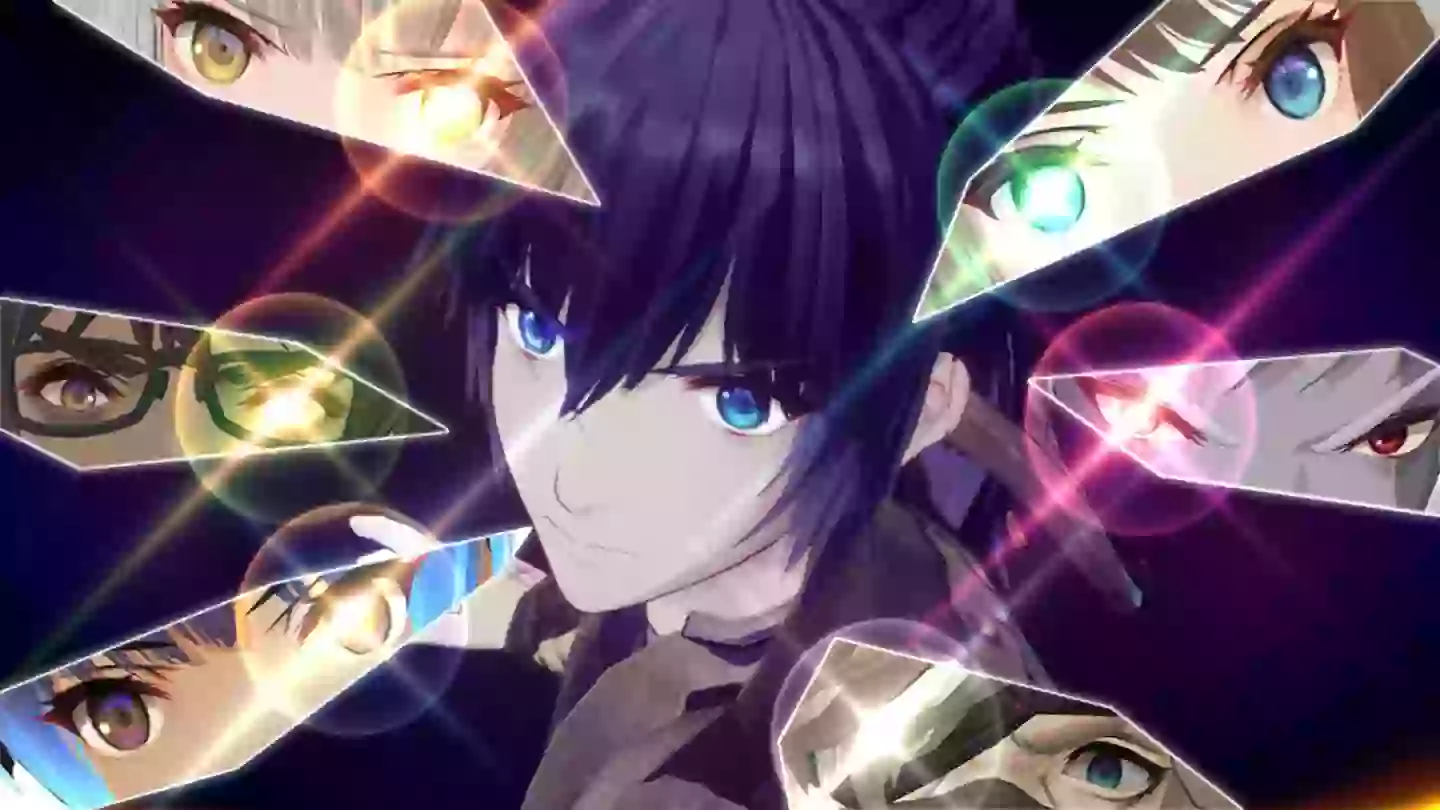
To the star of the show then, class changing basically takes the customisation offered by Blades in XC2 and refines it into something far more flexible (and also completely free of an unnecessary gacha system). As well as all your party members’ base classes, with each new Hero you recruit, you’ll unlock a completely new class to use, and there’s some really cool ones. Forget your usual swordfighter class, we’ve got guns, what looks like a lightsaber, and, uh, flags? Only one party member will be able to use any given class when it’s first unlocked, but as you keep them in the party (using said class) the others will eventually gain access to it too - the rate at which this happens depends on the class itself, with some unlocking for the other members much faster than others.
Since each class falls into your typical Attacker, Defender, Healer trio, you’re able to mix and match your party members to perform any role you want - Eunie’s default class might make her a Healer, but by no means does that mean you have to keep her as one forever. Ranking up a character’s class to five will unlock a skill for them to use at any time, and going to 10 will give you access to an Art to use in other classes, not just the one it came from.
Arts unlocked from rank 10 classes can be added to a separate Art Palette on the left side of the battle UI, which can be fused with your main class Arts on the right, so long as two Arts sat in parallel are both fully charged. Doing so will provide the effects of both fused Arts, allowing you to gain the bonuses of two different moves at the same time. All in all, this level of customisation and the constant new options to try out means that the gameplay never begins to feel samey - make the most of the choices, and you’ll never get bored of the battles.
Advert
Chain Attacks are also pretty different in this game. Fans of the previous games will know that Chain Attacks have always allowed party members to fire off Arts in succession of each other without being interrupted by the enemy, giving you a perfect opportunity to pull off combos. This remains the same, except at the start of each round of the Chain Attack, you now select an ‘Order’ from one of the characters, which means that they’ll end the round with one big attack, and be granted a bonus effect for that attack (e.g. a chance to bypass the enemy’s defence, or buff their own stats). You complete Orders simply by attacking and building a gauge until it reaches 100% or higher - the bigger the better, but once an attack takes you to that magic number, the round will be ended there, so balancing your attacks to get as close to 100% as possible, and then throwing out the biggest move you can to make the number as high as can be is key.
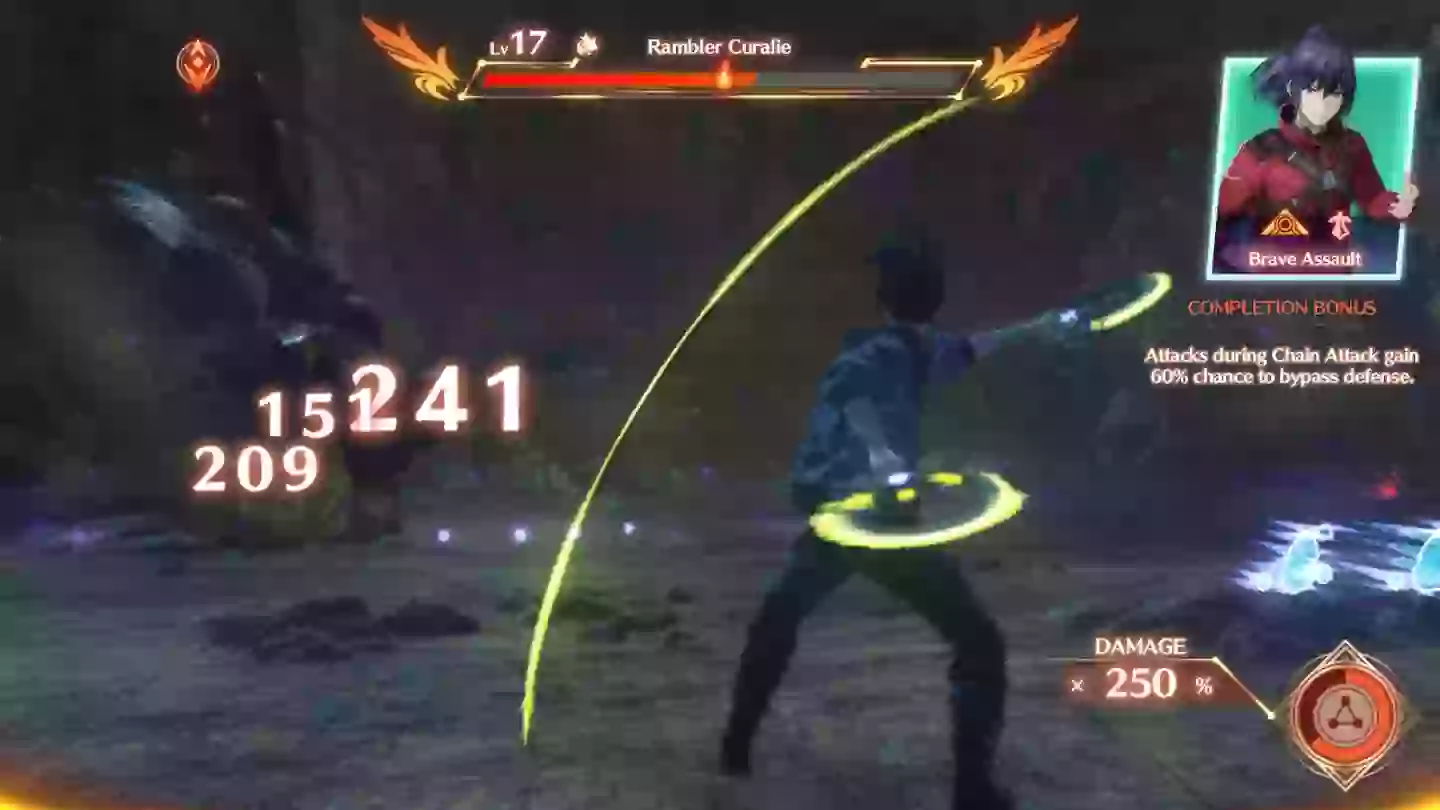
While most of the changes to the combat system I’d argue make for a much more fast and fun battle experience, a couple of the newer elements are slightly questionable in their execution. The first of which is the addition of AOE buffs and heals - many of the healing Arts in this game work by placing a ring down on the ground, and any character standing within the ring will gradually recover their health. The same goes for buffs - anyone who stays within range will receive the benefit, for as long as the Art remains active. This brings with it a couple of problems - the first being that many attacking Arts are stronger and have different effects depending on where your character is standing in relation to the enemy (e.g. behind them or to the side), meaning you’re very rarely staying in the same place for too long. This often means that the buffs and heals won’t reach you at all, or you’ll have to pull back from attacking effectively to use them, which feels disruptive to the flow of battle.
The other issue with the AOE rings is that sometimes, despite desperately needing healing, your other party members just don’t seem to want to go within range of the very thing that would save them from imminent doom. While this isn’t insurmountable, as you have a battle command to get all the party members to group around you, this also disrupts things, and often, characters will fall before you actually manage to get them into position.
This brings me nicely onto the next slightly questionable change - as a general rule, only healers can revive party members during battle. In the previous instalments, anyone could be revived by anyone, assuming you had enough juice left in your Party Gauge to do so, but now, it’s all down to the healers (although you no longer need to rely on that aforementioned Party Gauge, at the very least). As a result, if your healers get struck down early on in a fight, you can consider the battle lost then and there, which is really annoying. There are some ways to mitigate this - I encountered an accessory which gives one non-healer the ability to revive, and Eunie and Taion’s Ouroboros form (led by Eunie) gets access to an Art which revives all incapacitated party members, so assuming that these two aren’t already your healers, you might have a backup. Overall though, I felt the revival mechanic in the past games put things in your control much more effectively.
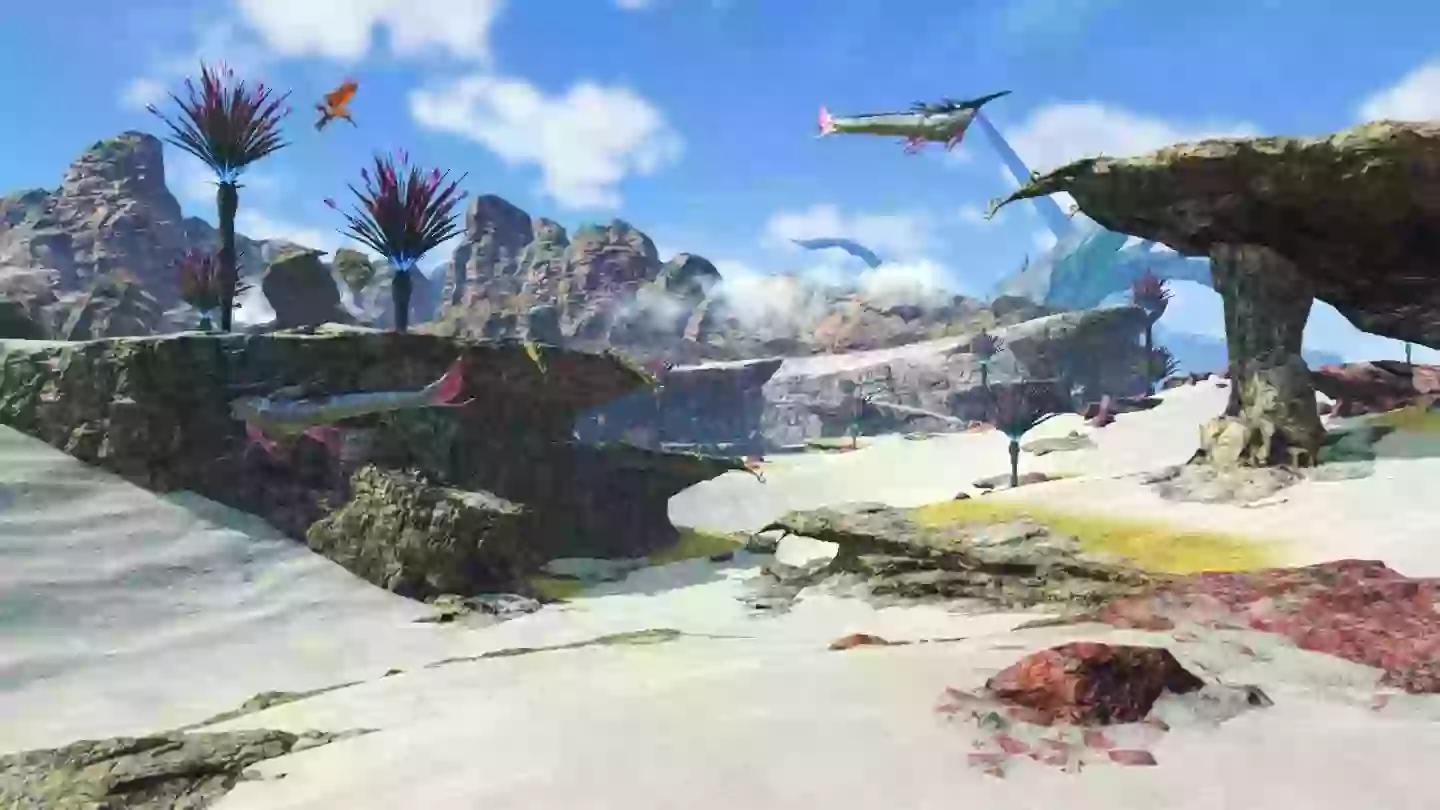
All of the Xenoblade games have boasted gorgeous, sprawling open worlds, and I’m sure it comes as little surprise that XC3’s land of Aionios is no exception. As with the other instalments in the series, a lot of the magic here comes from exploring the world and discovering its secrets for yourself, so I’m purposely not going to go into any great detail here, but rest assured that Aionios is vast, diverse, and breathtaking. From the lush plain biome, to a desert, and some stunning fantasy inspired areas, the whole world simply begs to be explored, and it doesn’t feel like an effort at all to investigate every nook and cranny, despite its enormity. As per the other games in the series, there are landmarks dotted around the world to fast travel to, making revisiting areas a breeze, and if you’re anything like me, I’m sure that many, many of your hours in XC3 will be spent venturing out across the map and taking in the sights, and enjoying the beautiful accompanying soundtrack (which, as per the older games, is faultless).
Speaking of hours then, here comes the big question - just how long is this game? Much like its predecessors, this is one chunky JRPG. Personally, it took me 76 hours to reach the credits, and even then, I definitely hadn’t completed everything that the game had to offer. I’m sure you could get through it much quicker if you didn’t explore the world as thoroughly or complete the many Hero Quests available, but really, these are some of the best things that the title has to offer - it’d seem a shame to rush through it as quickly as possible and miss out on them (but hey, you do you).
Overall, I just can’t recommend Xenoblade Chronicles 3 enough. With the series’ most fleshed-out cast of characters yet, a thoroughly enthralling plot full of exciting twists and turns, rewarding side-content, a breathtaking open-world, and a combat system which is more fun than ever, this is an absolute behemoth of a JRPG that in no way outstays its lengthy runtime. Whether this is your first introduction to the series, or the instalment you’ve been anxiously anticipating for the last five years, you’re going to have an amazing time.
Pros: Beautiful open-world, fun combat, loveable characters and thrilling story
Cons: A couple of questionable battle mechanics, occasional audio stutters during particularly busy battles
For fans of: Xenoblade Chronicles, Dragon Quest, crying over anime characters
9/10: Exceptional
Xenoblade Chronicles 3 releases for Nintendo Switch on July 29th. Code for review was supplied by the publisher. Find a complete guide to GAMINGbible's review scores here.
Topics: Nintendo, Nintendo Switch